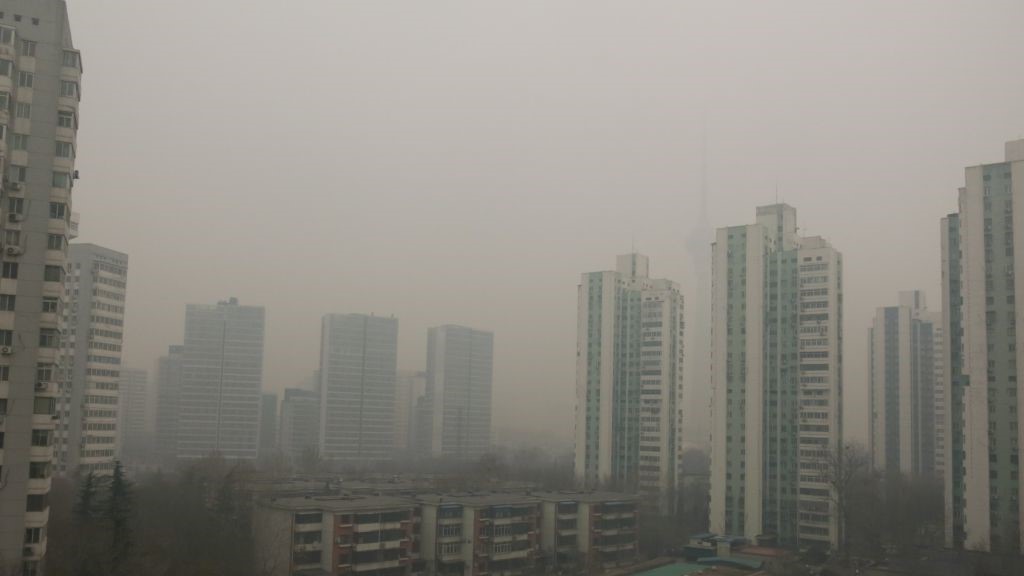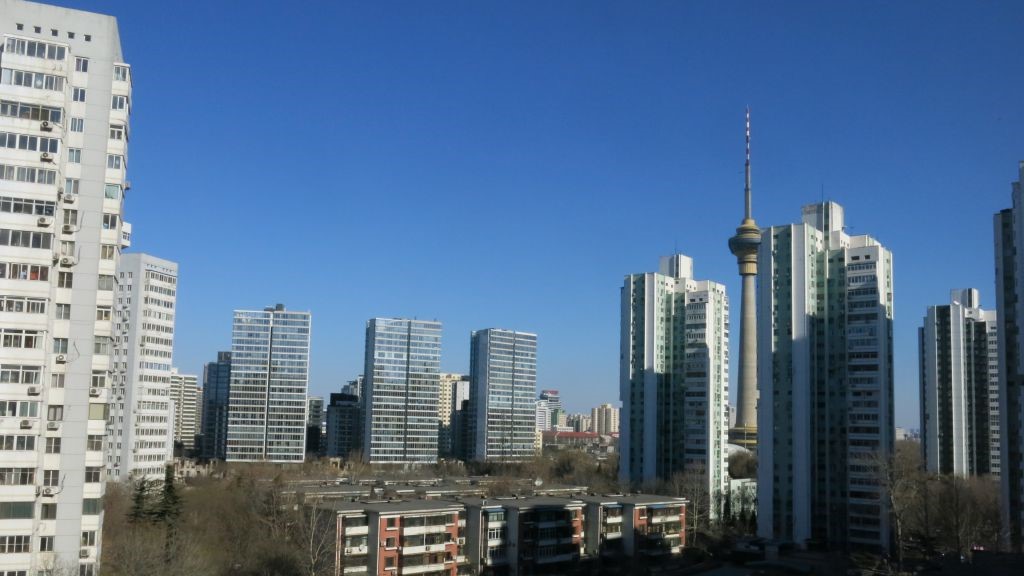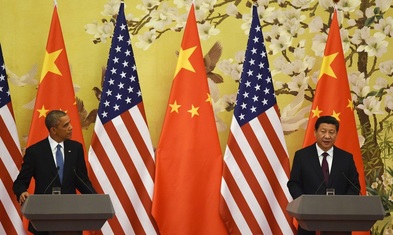|
The poor air quality in China is linked to the rapid economic development. The energy to support this economic growth and overpopulation has come from combustion of fossil fuels, increasing the CO2 emissions, which is a greenhouse gas. In fact, China is the world leader on CO2 emissions. However, when the combustion is not complete, it also leads to a drastic increase in other air pollutants gasses and particles [e.g., NOx, SO2, CO, Black Carbon (BC), and organic carbon (OC)]. Those gasses can react chemically in the troposphere to form particulate matter. Recently, China has experienced severe haze pollution with the fine particulate matter smaller than 2.5 µm (PM2.5). The PM2.5 had reached unprecedented high levels, exceeding the World Health Organization limit of 10 µg/m3. For example, the US embassy in Beijing had been reported a PM2.5 annual mean of ~100 µg/m3. However, the formation mechanisms leading to haze episodes remain uncertain. Pictures taken from the website (http://www.chinaairdaily.com/#Beijing#2015-01-01) during the period that I was working in China. Recently, I spent almost two months in Beijing, China doing part of my dissertation research. During this period, when the wind was stagnant, I experience PM2.5 concentration above 500 µg/m3 [with an Air Quality Index (AQI) >500], Hazardous levels). Being an asthmatic person, I had to use a facemask to protect myself even for “nice days” (AQI ~100) in order to stay healthy. There were other days, in part due to strong winds, that the PM2.5 concentration was below 10 µg/m3 (AQI <50). It was so great going outside, that I just want to take advantage and retake all the pictures but with the blue sky. Born and raised in a tropical Caribbean island, governed by trade winds, I had never experienced such a big difference in the air quality. Due to this experience, and all the air pollutants implications in both regional and global scale, it seems unbelievable that China was exempt of the Kyoto Protocol. Thus, not having to control their emissions due to their classification as a developing country. US President Barack Obama and Chinese President Xi Jinping. (http://www.theguardian.com/environment/2014/nov/12/china-and-us-make-carbon-pledge#img-1) The 2015 UNFCCC – COP21 in France has a high expectation. The aim of the conference is to reach a "legally binding agreement that will enable us to combat climate change effectively and boost the transition towards resilient, low-carbon societies and economies”. This year will require both, developed and developing countries, to cut their emissions. Personally, I hope that the countries, particularly USA, China, and India, could agree and ratify the treaty proposed to reduce the CO2 emissions. USA and China have been negotiate, since last year, to reduce the greenhouse gasses emissions (among others things). China pledge to cut its greenhouse gas emissions per unit of gross domestic product by 60-65% from 2005 levels under a plan submitted to the UN. Moreover, they said it would increase the share of non-fossil fuels as part of its primary energy consumption to about 20% by 2030, and peak emissions by around the same point. Let see if we could have by the end of this year a “Paris Protocol”.
1 Comment
Mark R
23/11/2015 07:28:41 am
After reading this article I am almost shocked to hear this, it is crazy to think that you would actually have to wear a face mask just to be outside. If China is really that bad then why haven't they been trying to fix this before, why are they waiting until now, I feel like they should have seen that this is a potentially dangerous problem that needs to be solved quick, if it is even a problem they can solve.
Reply
Leave a Reply. |
Categories
All
Archives
March 2024
|



 RSS Feed
RSS Feed
